A freshly leaked render has just revealed what could be Samsung's most dramatic tablet design evolution yet. The Galaxy Tab S11 Ultra appears to sport bezels so impossibly thin that Samsung had to ditch the traditional wide notch for a sleeker waterdrop design—and the implications go far beyond aesthetics.
The stakes couldn't be higher. Samsung has confirmed the Galaxy Tab S11 series is coming in line with their "traditional cadence," pointing to a September 2025 launch. The leaked render from reliable leaker Evan Blass shows Samsung pushing screen-to-body ratios to new extremes, forcing the company to completely rethink how they balance immersion with functionality.
The waterdrop notch: necessity meets innovation
The most striking change? That waterdrop notch is significantly smaller than the wider pill-shaped notch found on the Galaxy Tab S10 Ultra. While Samsung's ultra tablets have always featured a notch positioned to act as a webcam during horizontal use, this new approach represents a fundamental shift in Samsung's design philosophy.
The Galaxy Tab S10 Ultra currently packs two 12MP front cameras—one standard and one ultra-wide—but the S11 Ultra appears to house just a single front-facing camera. This isn't just about space constraints; it's a calculated bet that one higher-resolution ultrawide lens with digital zoom can deliver superior video calling quality while maximizing the 14.6-inch canvas for content consumption.
For productivity users who live in video calls, this change could actually enhance the experience. Instead of dedicating precious display space to a wider notch, Samsung's condensed approach means more room for your actual work—whether that's reviewing documents during a Teams call or presenting slides with minimal visual interruption.
PRO TIP: If you're a heavy video caller, this change might actually improve your experience—less bezel means more viewing area for your actual content while maintaining professional-grade camera quality.
S Pen gets a magnetic makeover
Here's where Samsung's design evolution gets particularly interesting: the complete absence of that familiar magnetic charging spot for the S Pen on the tablet's back. The color-coded storage area has been entirely removed, suggesting Samsung is relocating the magnetic connector to the tablet's frame—similar to Apple's approach with the iPad Pro.
This shift signals more than just aesthetic cleanup. By moving the S Pen attachment to the frame, Samsung gains the flexibility to shrink bezels even further while potentially improving the stylus charging experience. The current back-mounted system works, but frame-mounted charging could offer more intuitive placement and better protection during transport.
Given that the Galaxy Tab S10 Ultra includes an S Pen in the box, I expect Samsung to maintain this value proposition with an upgraded magnetic system rather than cutting corners with a Bluetooth-less stylus.
Power and performance: MediaTek's strategic advantage
The Galaxy Tab S11 series will use MediaTek's Dimensity 9400 SoC, building on Samsung's successful partnership with MediaTek after the Dimensity 9300+ delivered impressive results in the Galaxy Tab S10 series. This newer chip represents a significant strategic advantage for Samsung, offering flagship-level performance while potentially reducing costs compared to Qualcomm alternatives.
The performance implications extend beyond benchmark numbers. MediaTek's focus on AI processing and energy efficiency means the S11 Ultra should excel in the creative workflows that define ultra-premium tablets—from real-time video editing in LumaFusion to complex illustration work in Clip Studio Paint.
Battery life is getting its first meaningful upgrade in years too. The Galaxy Tab S11 Ultra will pack an 11,374mAh rated capacity, translating to roughly 11,700-12,000mAh advertised capacity. That's a 4.5% increase over the S10 Ultra's 11,200mAh battery—the first battery upgrade in three years, which should translate to meaningful improvements in all-day productivity sessions.
What this means for the premium tablet race
Samsung's design evolution positions the Galaxy Tab S11 Ultra as a direct challenge to Apple's iPad Pro dominance in the ultra-premium segment. The Galaxy Tab S10 Ultra currently stands as the only ultra-premium Android tablet available, and these refinements suggest Samsung is aggressively defending that unique market position.
The thinner bezels and smaller notch create a more immersive canvas that could make the 14.6-inch display feel genuinely expansive—crucial for professionals who need maximum workspace for complex projects. Combined with Samsung's ecosystem integration and the included S Pen, this positions the S11 Ultra as a compelling alternative to Apple's premium tablet ecosystem.
The competitive dynamics are shifting too. While Apple focuses on M-series chip performance, Samsung's betting on a more holistic approach: better design, smarter software integration, and value-focused pricing that includes professional-grade accessories out of the box.
Samsung's tablet evolution: from iteration to innovation
Looking at Samsung's tablet trajectory, the Galaxy Tab S11 Ultra represents a pivotal moment in the company's design philosophy. The evolution from conservative bezels to edge-to-edge displays mirrors Samsung's broader strategy of pushing hardware boundaries while maintaining practical functionality.
The waterdrop notch isn't just about aesthetics—it's evidence that Samsung is willing to make difficult engineering tradeoffs to achieve visual goals. This design confidence, combined with the S Pen relocations and performance upgrades, suggests Samsung views the ultra-premium tablet market as a long-term battleground worth significant investment.
The bottom line: Samsung's calculated risk
Samsung's approach with the Galaxy Tab S11 Ultra represents thoughtful evolution rather than radical reinvention. The waterdrop notch might seem like a minor adjustment, but it demonstrates Samsung's commitment to maximizing immersion while maintaining the core functionality that differentiates their tablets from the competition.
With Samsung targeting a September 2025 launch and expected pricing around ₹1,29,990 in India, the Galaxy Tab S11 Ultra is positioning itself as the definitive Android tablet for creative professionals and power users.
The real test will be whether these design refinements translate to tangible improvements in daily use. But Samsung's willingness to challenge conventional tablet design suggests they're serious about maintaining their ultra-premium Android tablet monopoly—and that's excellent news for anyone who wants genuine choice in the high-end tablet market.








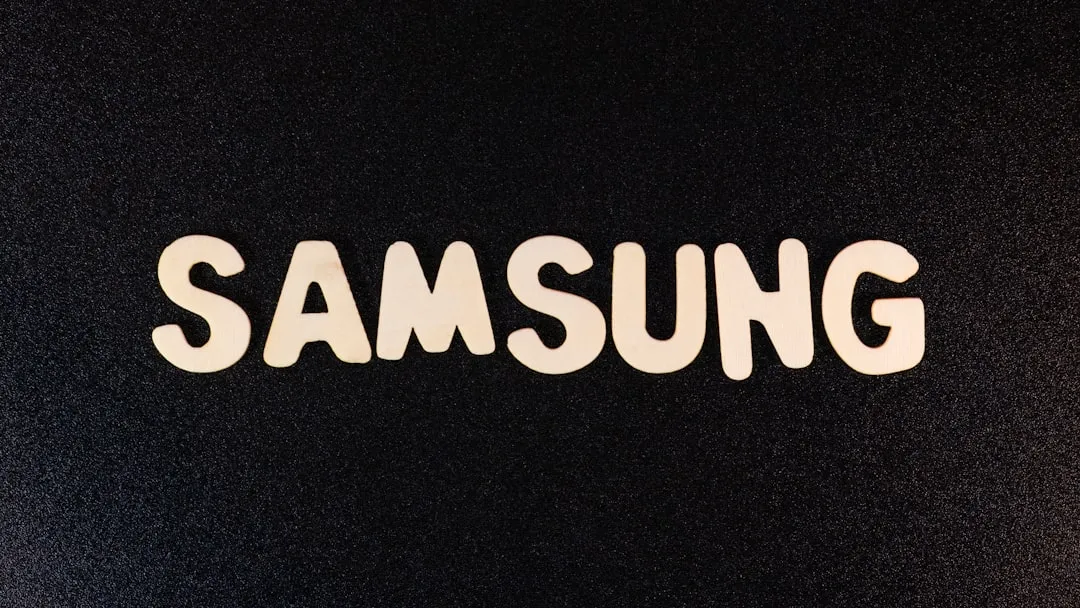
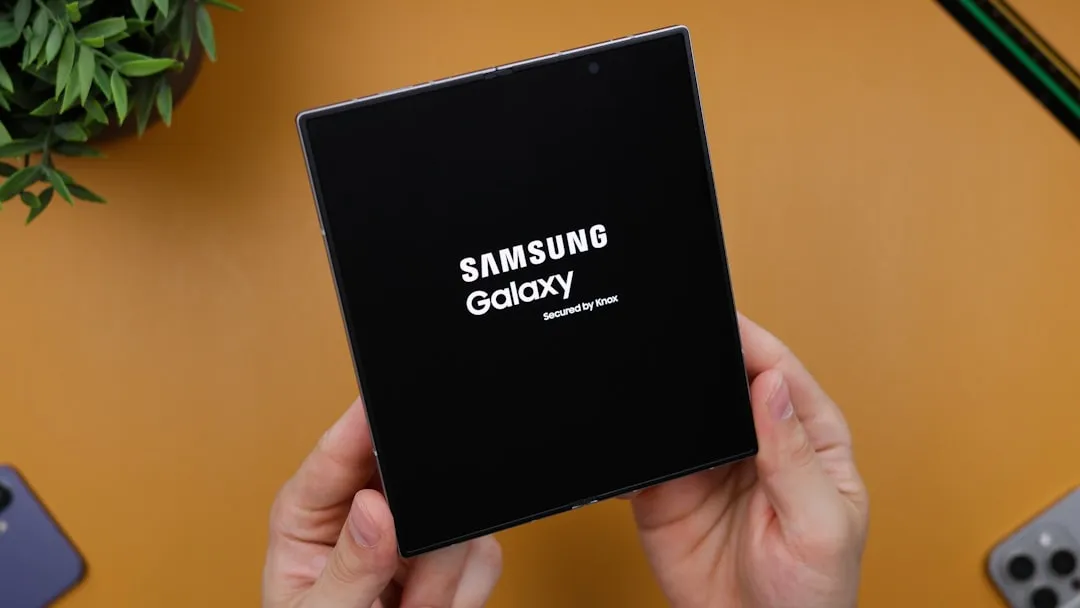
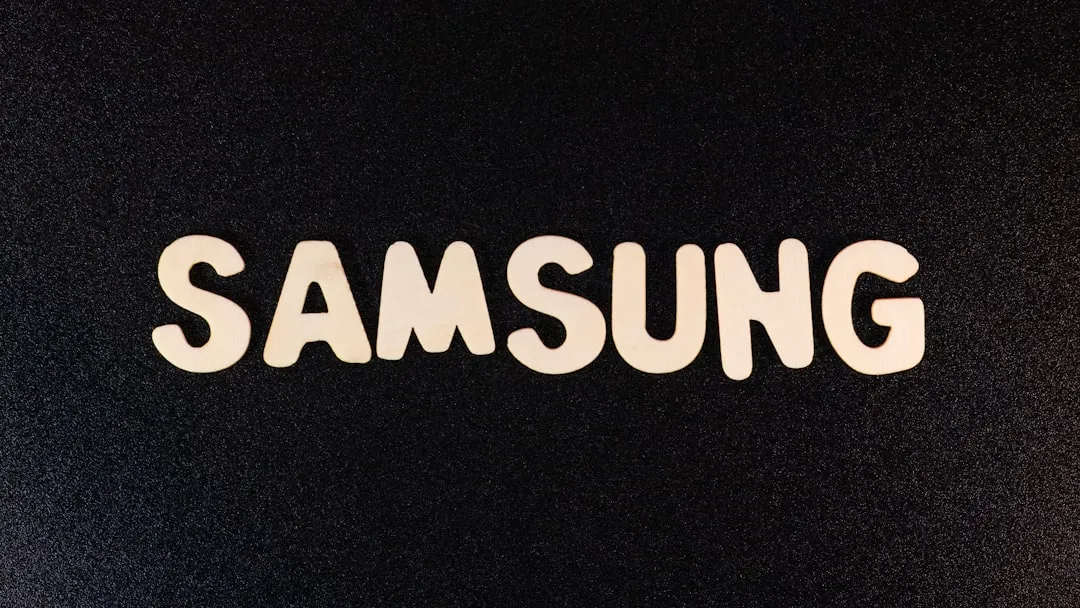
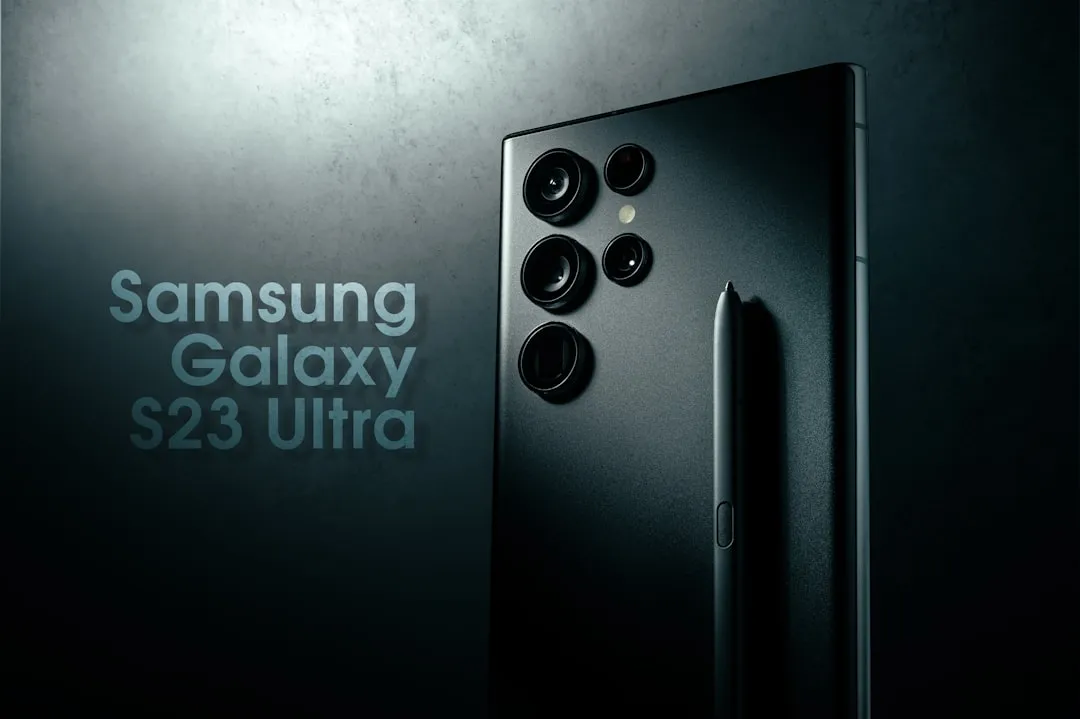
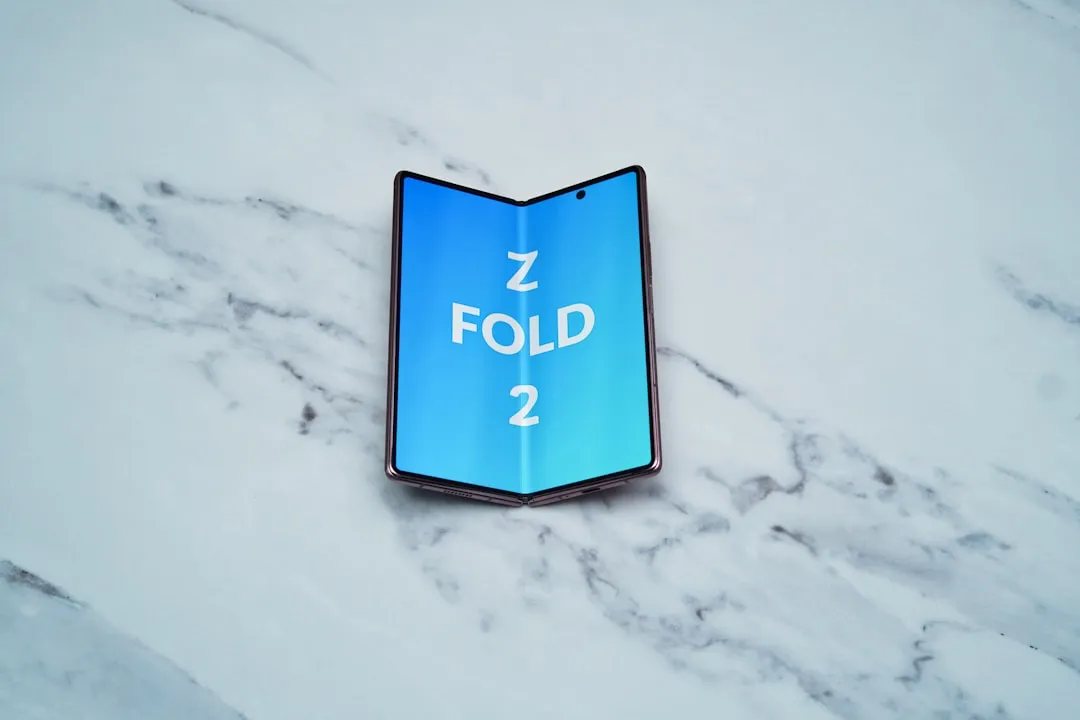



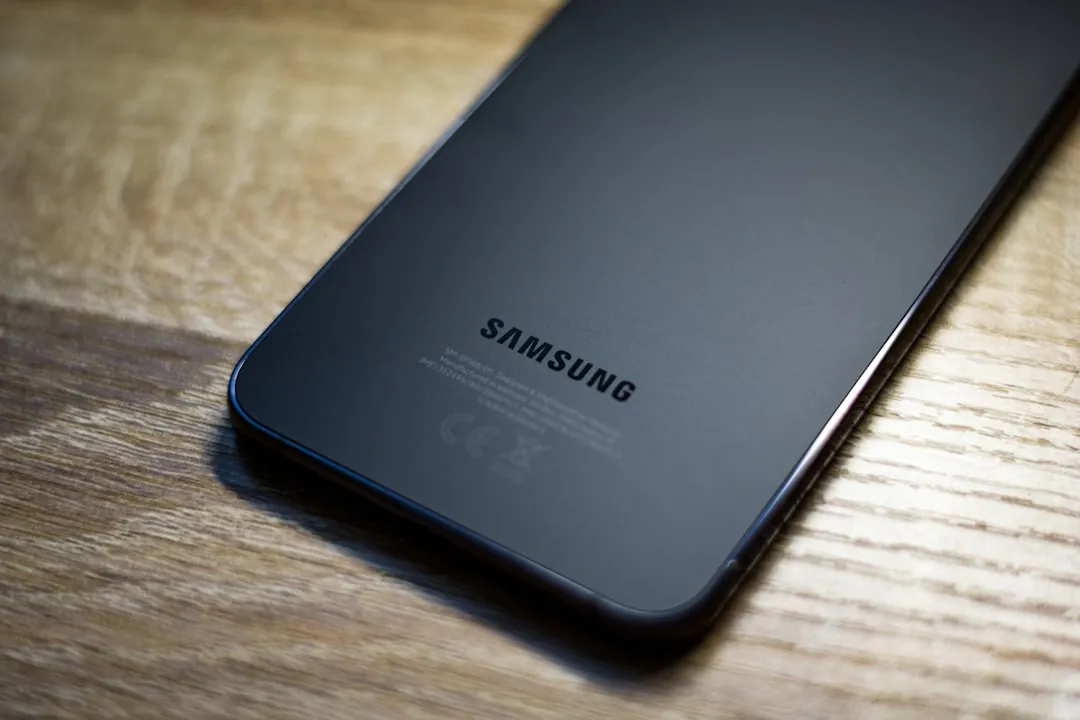
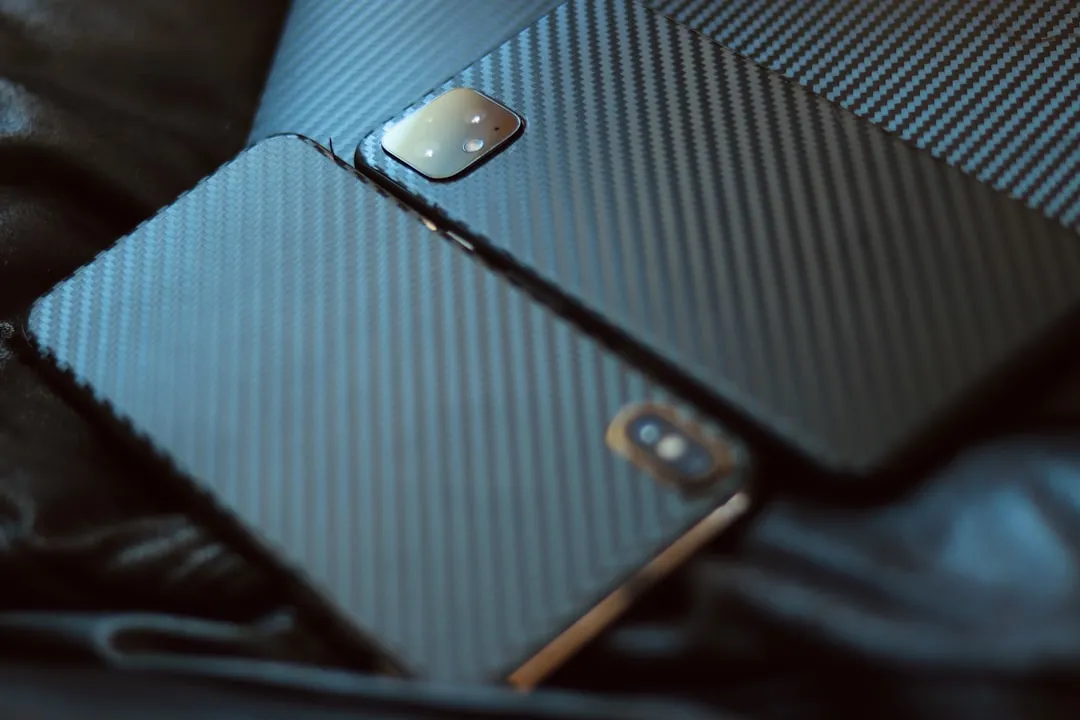


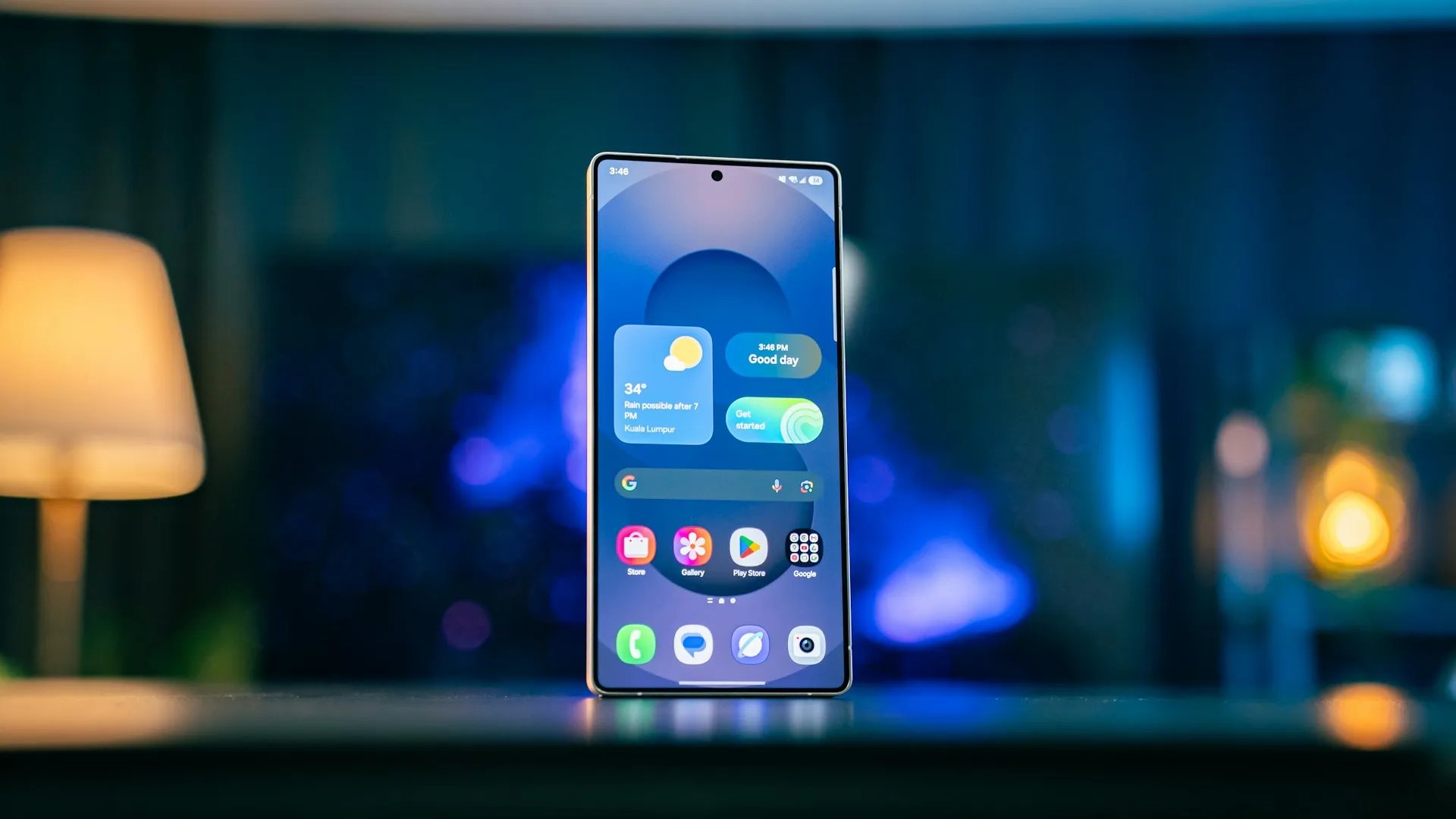
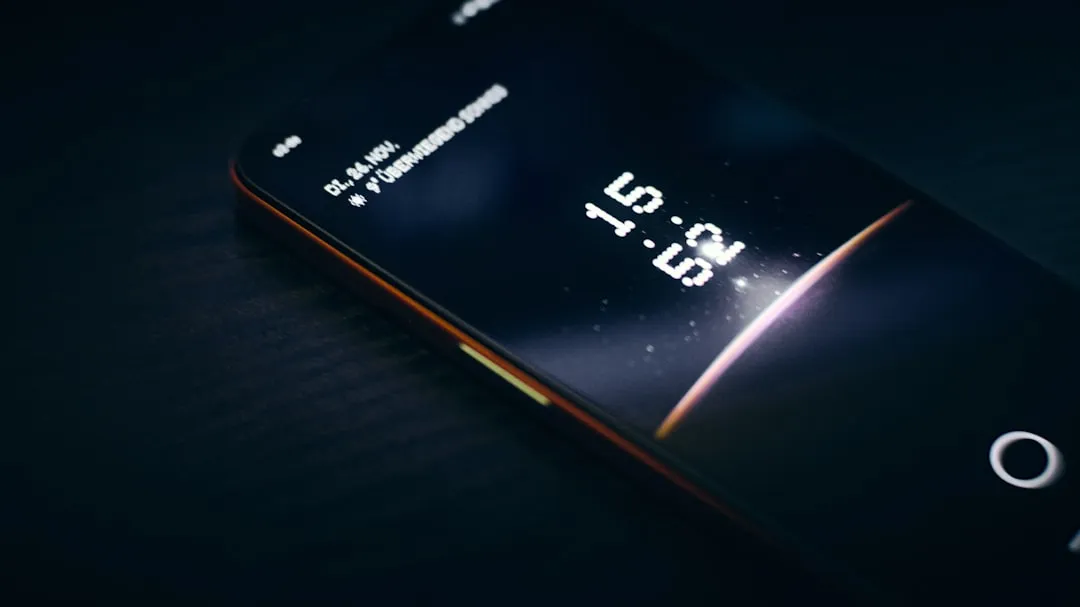

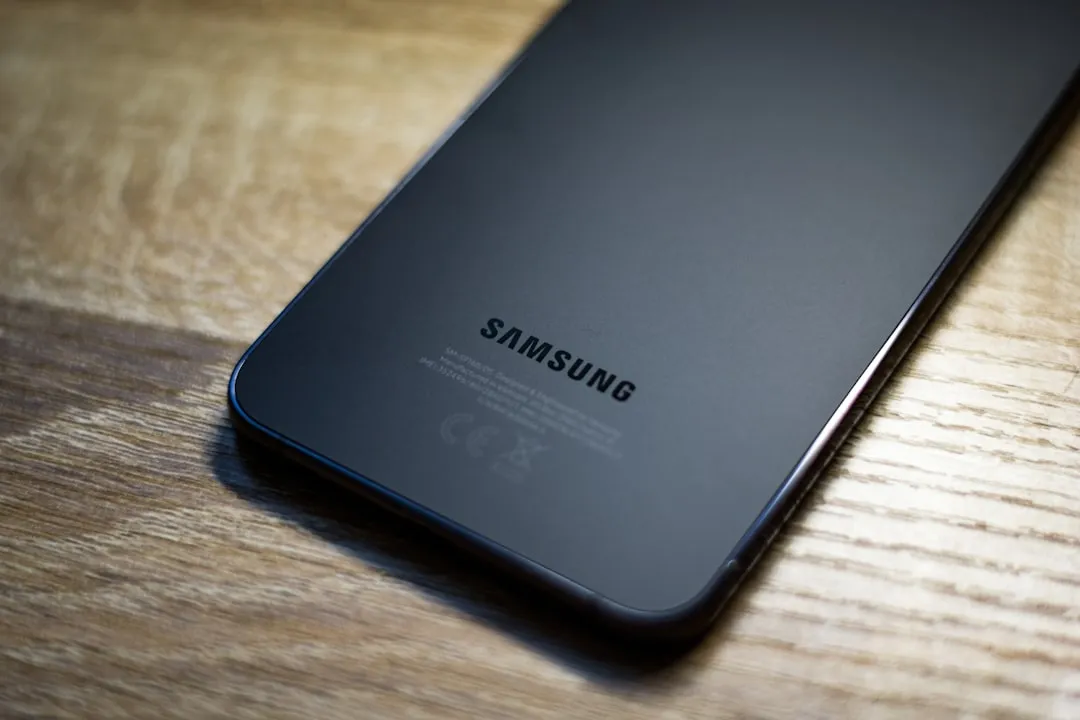
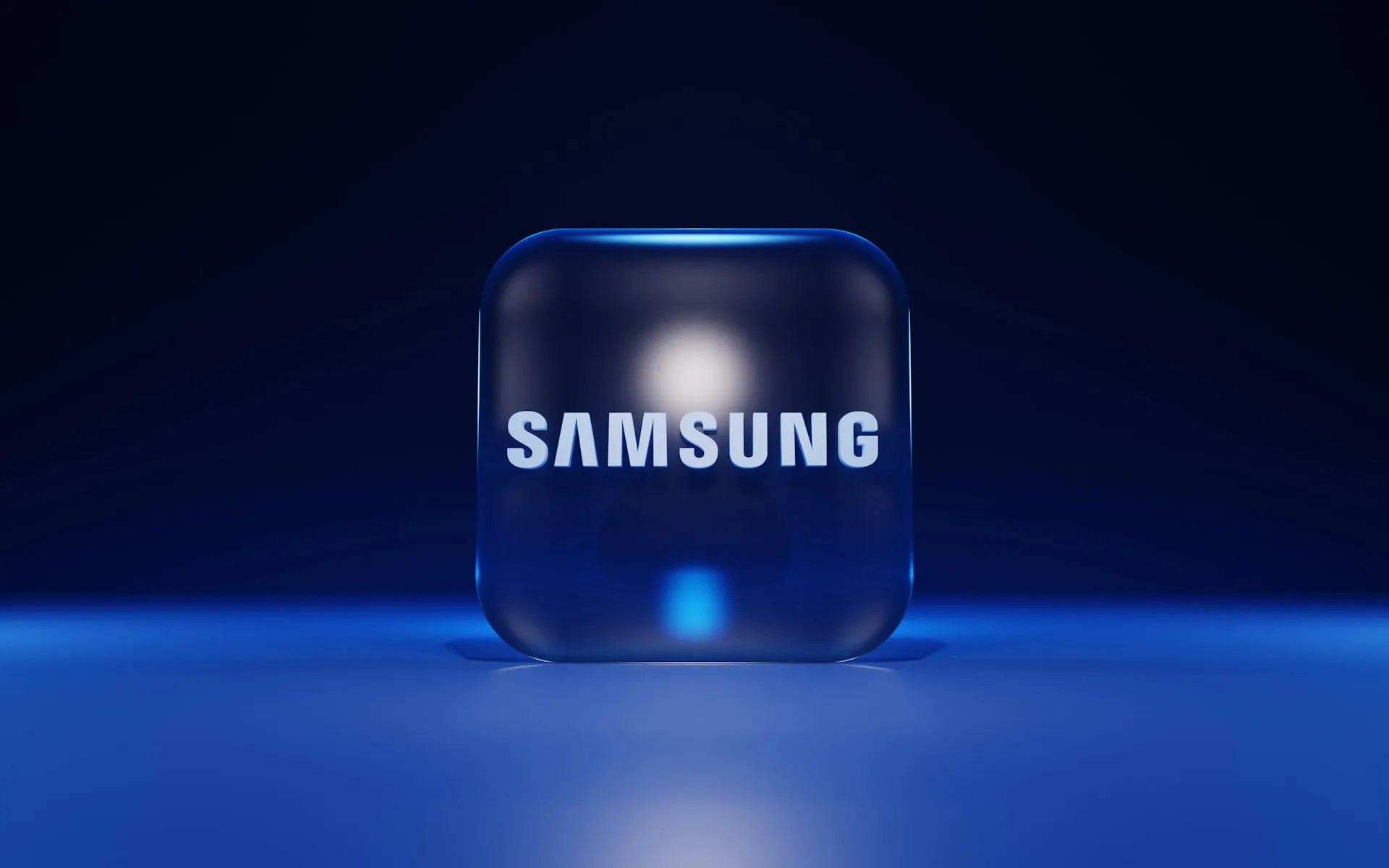

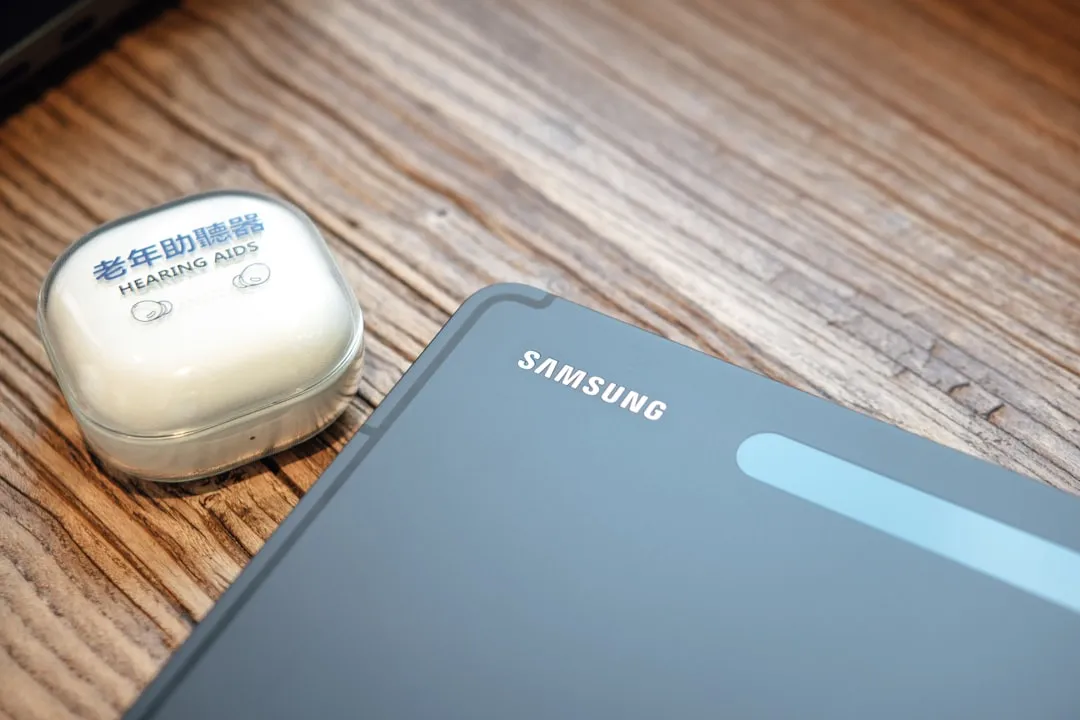

Comments
Be the first, drop a comment!